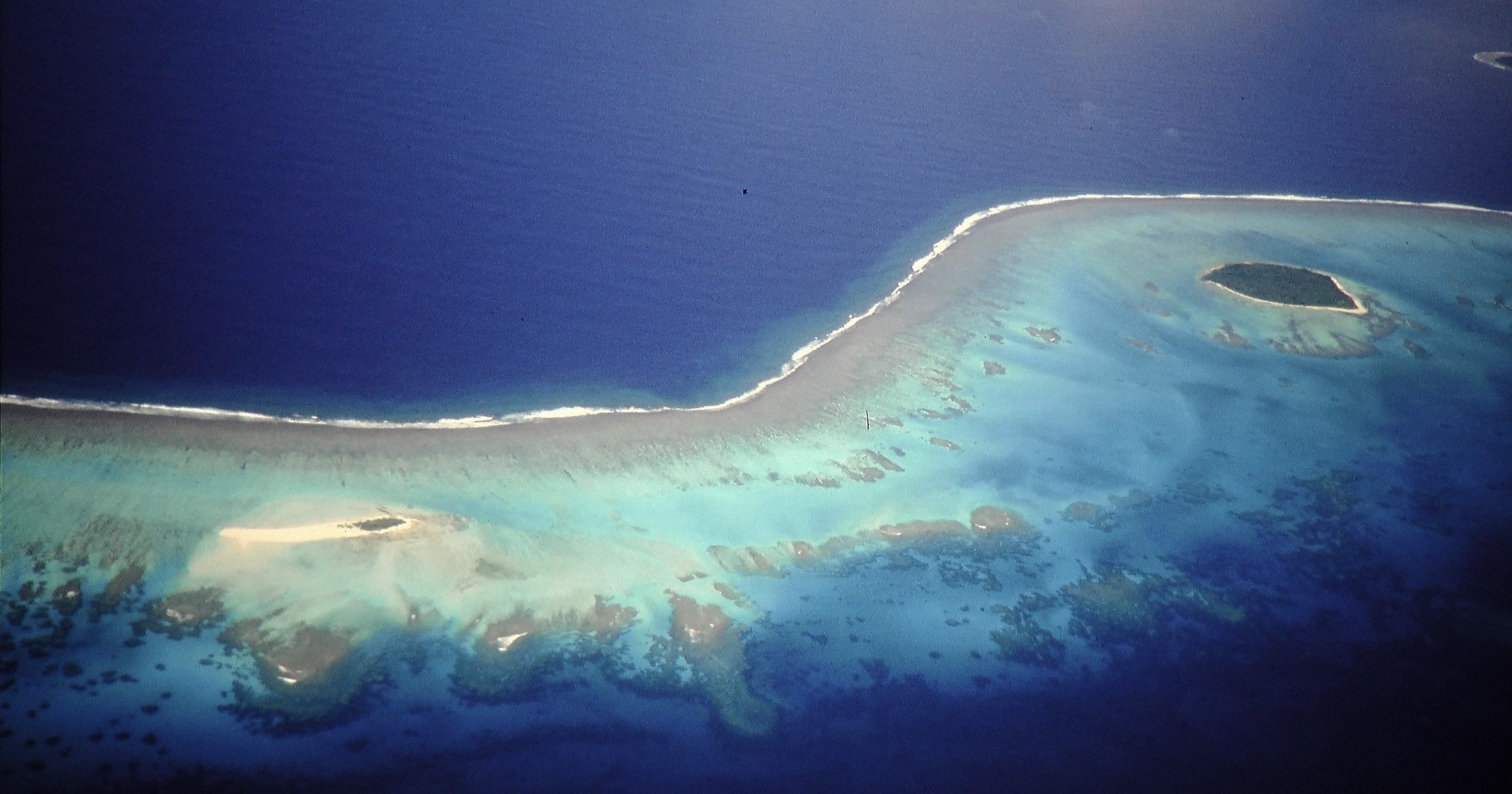 Culture & Ethics
Culture & Ethics
 Evolution
Evolution
Thoughts of Goodness in an Evolutionary World

The ghouls from Gaza who committed a mass-scale pogrom fill my mind with reflections about the human capacity for evil. You might have thought the Nazis had set a standard that couldn’t be beat. But at least they had the shame of a sort to seek to hide the worst that they did. Hamas takes satanic barbarism to another level by broadcasting images of it to the world.
Almost as bad is watching how our countless fellow humans are busy on university campuses and social media trying to turn the blame on the victims. How do you go back to normal life after witnessing all this?
A Timely Analysis
Physicist Eric Hedin contributed a timely analysis yesterday, asking whether a designed world of life, or an undesigned evolutionary one, makes better sense in light of natural and human evil. (See, “Thoughts of Evil in a Designed World.”) Among other profound points, he noted that the animal world displays no counterpart to human savagery, and isn’t that remarkable?
I would submit that nowhere in the animal world do we see evil that comes anywhere close to comparing with the unfortunate depths of evil displayed by humanity throughout our recorded history. The categorical difference in human evil versus animal behaviors is counterintuitive in light of what might be expected from an evolutionary view of human origins.
Yes, for the evolutionist, it is surprising. Less so for the theist who has any familiarity with Scriptural traditions and what they teach about man’s heart. It’s tempting to adopt a cynical view of humanity. And yet the world surprises us, too, with tales of human goodness that also seem hard to account for under a Darwinian picture of reality.
You Don’t Have to Imagine
Imagine a scenario where some boys, let’s say British ones, get marooned on a deserted island, with no way of communicating their whereabouts to the adult world. You don’t have to work too hard in imagining it because, of course, William Golding did so for you with his 1954 novel Lord of the Flies. In that telling, Golding, a fairly messed up individual himself, paints a cynical portrait of humans with the savage in us right below the skin waiting to escape and take over.
It’s just a story. It never happened. Or did it? A colleague brightened my day a bit by passing along an article from 2020 in The Guardian. The author, historian Rutger Bregman, dug up an obscure real-life tale of survival from 1966. Twelve years after Golding’s classic was published, a group of actual schoolboys mischievously stole a fisherman’s boat. To cut to the chase, they ended up marooned on a deserted Tongan island, ‘Ata (pictured at the top), for 15 months. And guess what? No atrocities. On the contrary, the teens did an exemplary job of surviving and, what’s more, getting along together.
“The Real Lord of the Flies”
From, “The real Lord of the Flies: what happened when six boys were shipwrecked for 15 months”:
The kids agreed to work in teams of two, drawing up a strict roster for garden, kitchen and guard duty. Sometimes they quarrelled, but whenever that happened they solved it by imposing a time-out. Their days began and ended with song and prayer. Kolo fashioned a makeshift guitar from a piece of driftwood, half a coconut shell and six steel wires salvaged from their wrecked boat…and played it to help lift their spirits. And their spirits needed lifting. All summer long it hardly rained, driving the boys frantic with thirst. They tried constructing a raft in order to leave the island, but it fell apart in the crashing surf.
Worst of all, Stephen slipped one day, fell off a cliff and broke his leg. The other boys picked their way down after him and then helped him back up to the top. They set his leg using sticks and leaves. “Don’t worry,” Sione joked. “We’ll do your work, while you lie there like King Taufa‘ahau Tupou himself!”
They survived initially on fish, coconuts, tame birds (they drank the blood as well as eating the meat); seabird eggs were sucked dry. Later, when they got to the top of the island, they found an ancient volcanic crater, where people had lived a century before. There the boys discovered wild taro, bananas and chickens (which had been reproducing for the 100 years since the last Tongans had left).
They were finally rescued on Sunday 11 September 1966. The local physician later expressed astonishment at their muscled physiques and Stephen’s perfectly healed leg.
Not What We Find
That’s a very different outcome from Golding’s book with its worse than animal-like cruelty. The debate between designed and purposeless life cannot, needless to say, be decided by an anecdote like that, however charming. But it’s a result that also seems to comport awkwardly with a cynical, as with a Darwinian, understanding of what a human being is. In an evolutionary perspective, what you’d expect is humans more or less on the level of animals — not greatly exceeding them in evil, or greatly transcending them in good.
But that’s not what we find. Enjoy the story of the “real Lord of the Flies,” as I did, on this dark day and on those that lie ahead.
